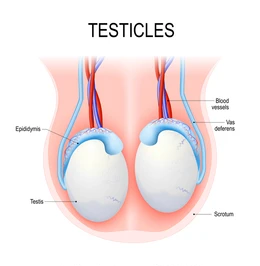Unleashing Strength: The Sumo Deadlift Advantage
Although there have been debates on the differences between the conventional and sumo deadlift techniques, several studies have shown there is no significant difference in the compressive disc forces at the L4 or L5 vertebrae between both techniques.
But that’s not to mean that the debate between the two styles isn’t without some merit. Another study has demonstrated that the erectors were twice as active in the conventional stance than in the sumo. Also, several reports from bodybuilder surveys have stated that the sumo technique is much more technical and requires more skill than the conventional one. Bodybuilders also report that the sumo technique is more biomechanical and more efficient because the bar doesn’t have to travel as far. The reason for this is because the trunk angle of the lifter is a lot closer to vertical than the conventional lifter. In turn, this shifts the bulk of the load on the hips and knees unlike the conventional lifter where the weight is more focused on the lower back muscles.
All in all the pros of using the sumo technique over the conventional technique is that you have a greater range of knee extension at the bottom of the lift, your posture is in a more upright position, the distance the weight must be moved is reduced, and the bar path is kept closer to the body so it makes the lift is more efficient.
The sumo deadlift is a game-changer in weightlifting, offering superior biomechanics and reduced stress on the lower back. Its wider stance targets the glutes, quads, and hamstrings more effectively, making it an excellent option for developing lower-body strength.
The shorter range of motion allows lifters to pull heavier weights, enhancing overall power. Additionally, the reduced spinal loading makes it a safer alternative for those with back issues. The sumo deadlift is a powerhouse move for strength and performance.








